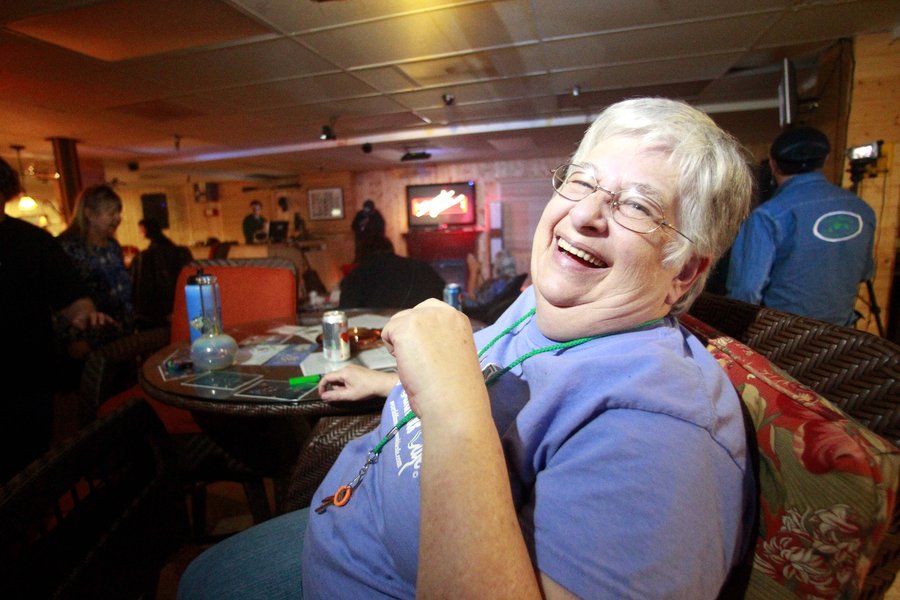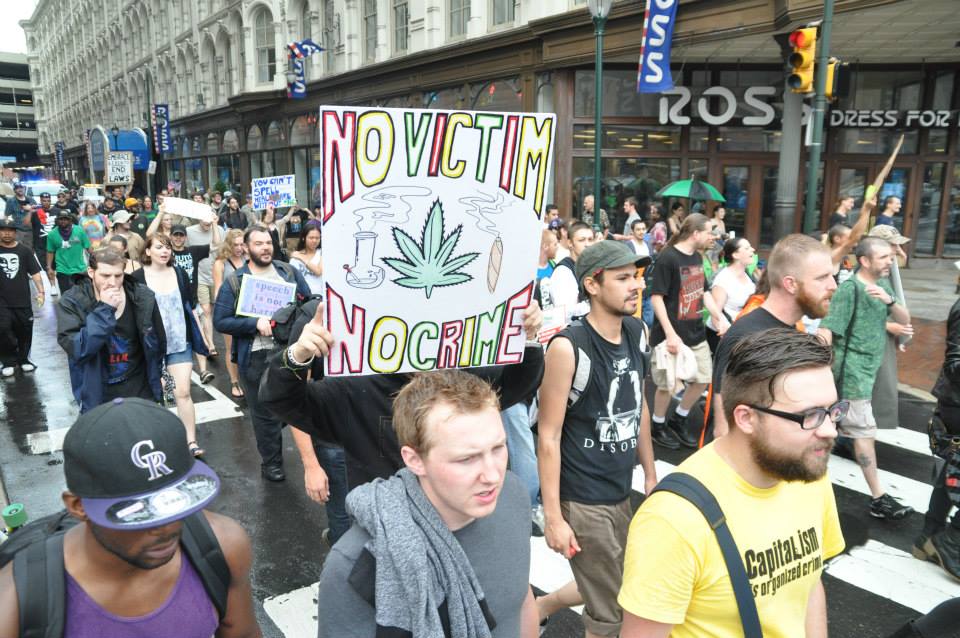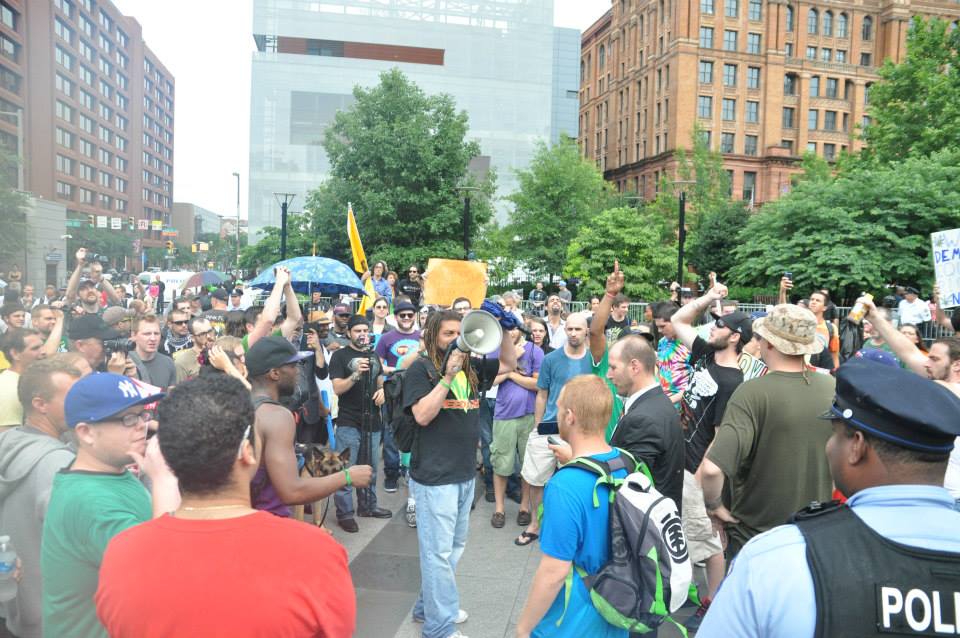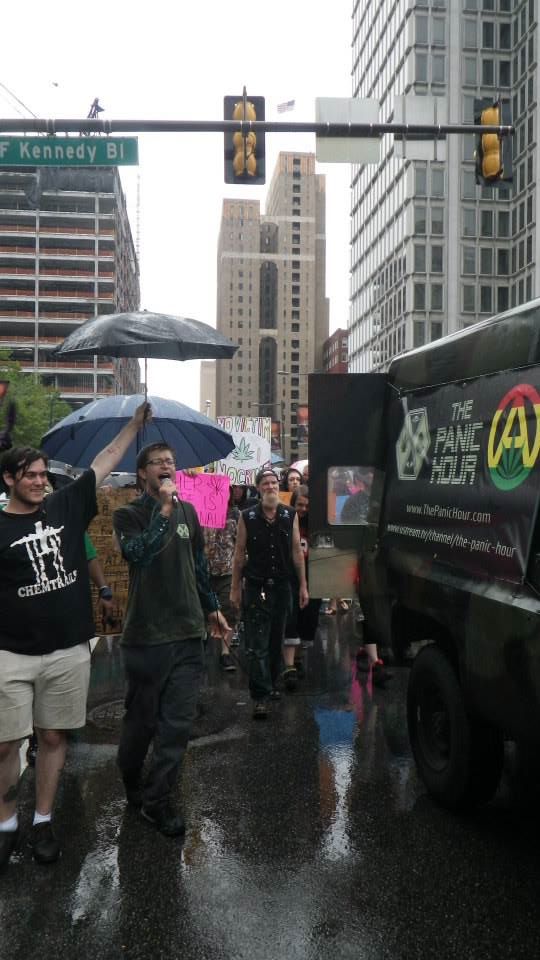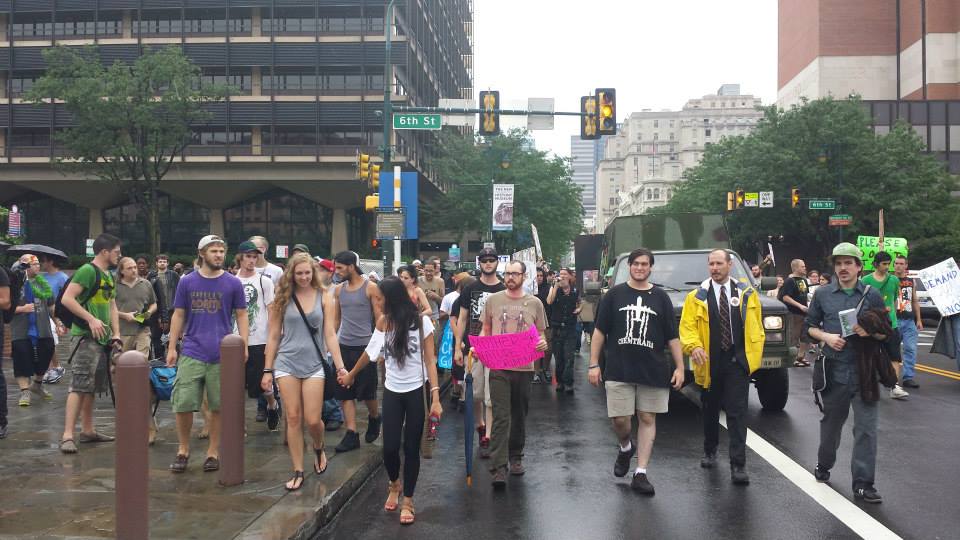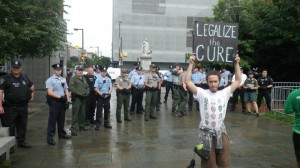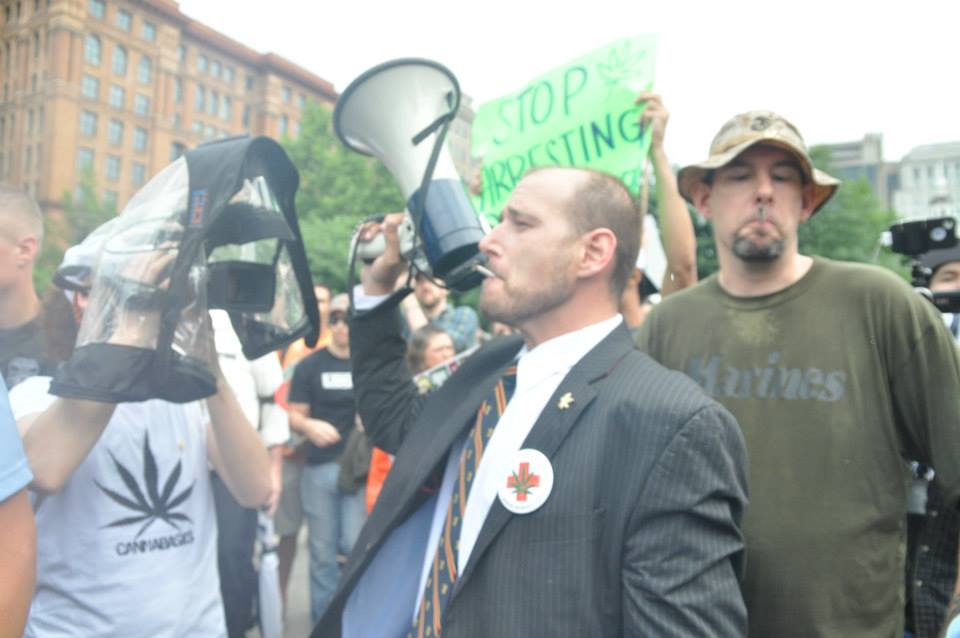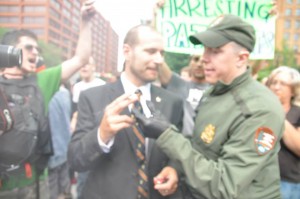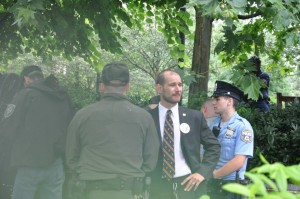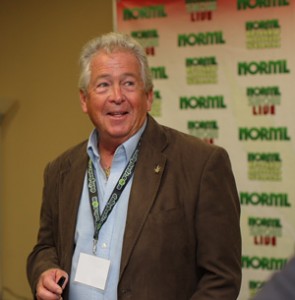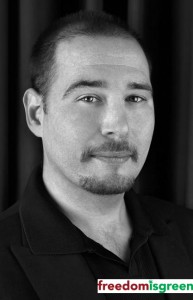[Note – This guest blog was submitted by Samantha Miller of Pure Analytics.]
5/23/2011 – The testing of commercially available cannabis for cannabinoid profile and potency is becoming more prevalent. This is important information for patients and dispensaries who increasingly seek out these profiles. The availability of cannabis testing promotes better access to medically important cannabis options such as CBD-rich cannabis, through identification. Laboratory testing is also key for strategic breeding programs and promotes the overall legitimization of cannabis for therapeutic use. Right now the cannabis testing industry is unregulated.
An easy-to-read cannabinoid profile helps medical cannabis patients choose the strains that best suit the therapy requirements for their ailment. The cannabinoid potency information provides guidance in determining an individual’s dosage through self-experimentation, often called “self-titration”. Reliable cannabinoid profiles also support the ability for patients to achieve a repeat of therapeutic benefits without experiencing unwanted intoxication.
Today, because of increased awareness, patients are more interested in consuming cannabinoids other than THC. Potency testing can play an important role in promoting knowledge and availability of non-THC options. First, through the identification of cannabis strains and cannabis products with medically important non-THC cannabinoids such as CBD. These cannot be detected by visual or other sensory means such as smell.
Secondly, through the use of lab testing to identify specific plants, they can be used in breeding programs designed to develop and isolate plants that are high in CBD, CBG or some other cannabinoid of interest. Laboratory testing can be used to identify the precise cannabinoid profile of plants to determine genetic traits that promote the development of non-THC dominant cannabis. Then cross-breeding can be undertaken based upon our understanding of the genetics of the expression of those cannabinoids.
The medical cannabis industry has the great potential to provide enhanced legitimacy with reliable laboratory testing. One such area concerns human use and consumption where testing provides information not just on potency but assures the absence of harmful pesticides.
Cannabis laboratories are also generating a rapidly growing body of data. The development of this new database can be used to support the characterization of cannabis as a medicinal plant in the effort to re-schedule its classification in the federal Controlled Substances Act .
The prevalence of cannabis testing is certainly on the rise. The emerging cannabis testing industry is a dynamic environment driven largely by economic influences. In the last decade the decision to test has largely been driven by weighing the costs and the benefits from a marketing perspective.
Today, a very competitive market exists for medicinal cannabis in California and other states. New cannabis testing laboratories are starting-up on a frequent basis to serve a perceived economic opportunity. Some activist groups have raised concerns over the nature of segments of the new cannabis lab industry.
There are non-qualified service providers, “dry labs” who outsource all analysis or even fabricate results. There are also unscrupulous laboratory instrument companies that are raising concerns by marketing expensive equipment to medical cannabis collectives to attempt their own testing. As a response, patients and collectives are asking important questions about the reliability of the results.
The is no regulatory oversight for cannabis testing that compared to what already exists in most other fee-for-service analytical chemistry industries. This makes the water a bit murkier when looking for a reputable and qualified service provider for cannabis testing services. In an environment where providing analytical results is regulated (drinking water, soil and food) a customer can simply choose from a list of service providers who have all been certified to the same set of standards for accuracy and precision in their work.
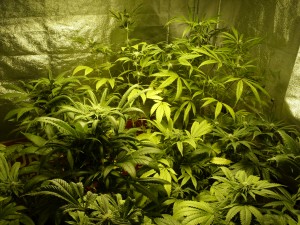 A regulated environment offers an agreed upon well-tested methodology. There also would exist an agreed upon set of requirements for quality control of ongoing work such as requirements for the frequency and acceptance criteria of the calibration of equipment. In the absence of regulation these aspects of analysis, even providing results to a customer, can happen under widely varying circumstances.
A regulated environment offers an agreed upon well-tested methodology. There also would exist an agreed upon set of requirements for quality control of ongoing work such as requirements for the frequency and acceptance criteria of the calibration of equipment. In the absence of regulation these aspects of analysis, even providing results to a customer, can happen under widely varying circumstances.
The importance of a consistency for method validation and ongoing quality control become clear when you consider the multiple factors that affect accuracy. For example, the method of sampling at the dispensary or cultivator level can have serious influences on lab results. A single sample that is representative of the entire unit of plant material must be submitted for analysis to obtain a result that accounts for the variation within that unit.
The second tier of cannabis sampling, which occurs at the level of the laboratory, also has an influence. This is where the cannabis sample is prepared and extracted for analysis. The process involves the use of precision weighing and volumetric measurement equipment which must be calibrated and verified at regular intervals. The proper calibration of analytical equipment is also imperative to the production of reliable and repeatable data. Key factors include the use of certified standards that have been third-party tested and certified for purity and concentration.
Proper maintenance of equipment is a final important element for ensuring that the results provided to the customer are delivered with the highest confidence level.
The good news is that in the absence of regulated oversight, cooperative work between existing labs to perform side-by-side testing of cannabis samples can provide an important element to fostering confidence at the consumer level.
A very important aspect of cannabis laboratory practice that varies between service providers is the choice of analytical equipment. In general, the choice of equipment centers on the use of gas chromatography (GC) versus liquid chromatography (HPLC) for cannabinoid analysis. As in every industry there is often an effort to promote what differentiates a service as what makes it better than another. In the case of GC versus HPLC some service providers have attempted to position their equipment as superior to another. The truth is that types of equipment can provide accurate, reliable data for cannabinoid analysis.
It is not as simple as the hardware. A key factor to consider when reviewing the appropriate equipment for a given analysis is making sure the correct type of detector is being used. This is especially important for gas chromatograph analysis of cannabinoids. In the case of GC there are options of FID (flame ionization detector), MS (mass spectrometer) and TCD (thermal conductivity detector). Gas chromatograph units equipped with both FID and MS detectors have been shown to provide reliable results.
The TCD detectors commonly sold by instrument companies to dispensaries are not a good choice. One reason is that the results are often influenced by the interference of other cannabinoids present aside from THC, CBD and CBN.
There are also a segment of cannabis laboratory service providers utilizing results from TLC or Thin Layer Chromatography, often referred to as “test strips.” In some of these cases these test strips are promoted as being able to provide accurate potency results for cannabis. In general, without specialized equipment, test strips are only viable for use to tell whether or not certain cannabinoids are present, but not how much is present (e.g. potency).
The most appropriate method for cannabinoid analysis is also determined by the type of sample being analyzed. In today’s cannabis industry, the vast majority of samples submitted to laboratories for testing consist of processed, dried flowers intended for vaporization or combustion. Testing by GC-FID, GC-MS or LC is appropriate for these samples when looking to identify cannabinoid profile and potency level.
But, for those samples that may contain the un-activated or “acid” form of THC and CBD when consumed, analysis by liquid chromatography is more appropriate. Gas chromatography (GC) is unable to detect if these “acid” forms remain present, a consideration that is important when trying to consider dosage of an edible or tincture ingestible. This is because analysis by GC essentially simulates what happens when cannabis is vaporized or combusted. The acid forms of THC and CBD are converted to the active forms when heated. Heating is a part of analysis by GC. This is important because many tincture and edible makers do not activate their cannabinoids through adequate heating of their products, leaving some cannabinoid in the “acid” form.
For a summary on the similarities and differences between GC and LC equipment see table 1.
Table 1. Comparison of Gas Chromatography and High Performance Liquid Chromatography
| Gas Chromatography | Liquid Chromatography |
| A low pressure stream of gas helps move the compounds to the detector | A high pressure stream of solvent helps move the compounds to the detector |
| The system is heated during analysis | The system is usually at ambient temperature during analysis |
| Detects total available THC, CBD and CBN and other activated cannabinoids | Detects THC, THCA, CBD, CBDA and other acid and non acid cannabinoids |
| Cannot detect cannabinoid acids | Can detect cannabinoid acids |
| Analysis does not produce significant waste | Analysis produces significant solvent waste |
Clearly, the current cannabis laboratory environment is unregulated so consumers have to be savvy. Knowing what questions to ask a prospective cannabis lab is key. To help the process a group of laboratory service providers* from various states along with an international advisor compiled a list of 10 questions to ask a cannabis scientist. This can act as a quick reference guide for those looking for a qualified laboratory partner.
10 Questions to ask your cannabis scientist
1. What training or expertise do you have to be able to perform cannabis analysis?
2. Which cannabinoids do you test for? Do you have reliable reference standards for all of them?
3. How is CBN related to THC, and why is it important to test for it?
4. What kind of samples do you test (flowers, edibles, tincture)? Have you optimized your extraction and analysis protocol for each kind of sample?
5. What do you do with left-over samples?
6. Are you aware of acidic cannabinoids? In samples such as edibles and tincture they can be present at high levels. How do you deal with that?
7. What is your analytical methodology for testing cannabis (HPLC, GC, TLC, other)? What are the limitations of your selected method?
8. What is the average THC/CBD content your lab has measured?
9. Did your lab ever test the same cannabis twice, with very different results? What was the explanation for that, and what has been changed to prevent it from happening again?
10. Analytical methods need to be ‘validated’ before you can be sure they are fully reliable. Have you done this already, and how did you do this. Did it include a third party? If you didn’t do it yet, how can I be sure my results will be accurate?
*Contributors: Arno Hazekamp (Netherlands), Samantha Miller (Pure Analytics), Paula Morris (Medea Labs), Noel Palmer (Montana Botanical Analytics), Jeff Raber (The Werc Shop) and Eric Taylor (California Botanicals). Collectively the ACS, Alliance for Cannabis Science.
Quick reference – http://www.freedomisgreen.com/10-questions-to-ask-your-cannabis-scientist/
Guest blog was submitted by Samantha Miller of Pure Analytics.
DISCLAIMER: The views and opinions expressed are those of the author and do not necessarily represent any University, business, affiliates or Freedom Is Green Media Group LLC. The information provided in this blog is not intended to diagnose or treat any disease.
Questions? Email science editor Jahan Marcu science(at)freedomisgreen.com
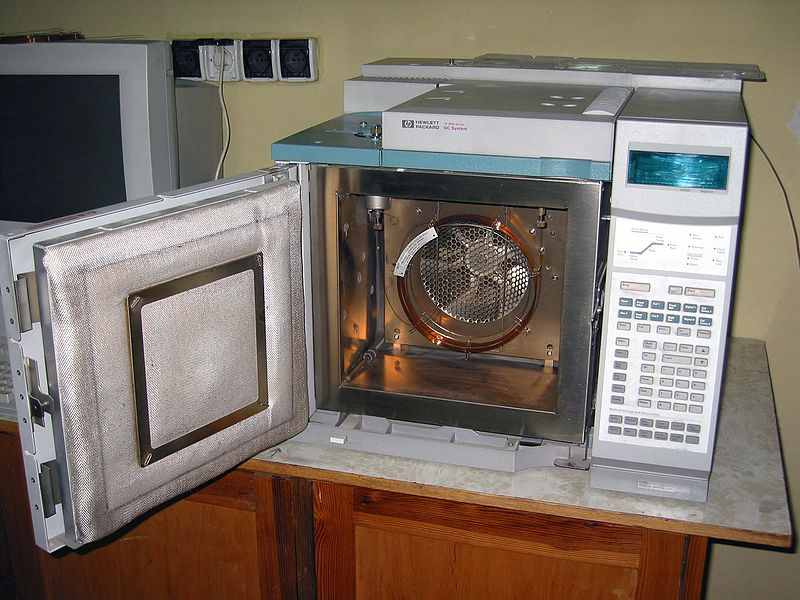
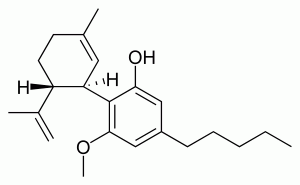
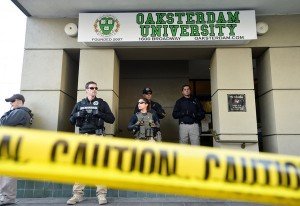



 Jahan Marcu is currently investigating the pharmacology of cannabinoid receptors. He was working at the California Pacific Medical Center Research Institute when exciting discoveries were made showing enhanced anti-cancer effects with THC and CBD from the Cannabis plant. The findings were published in the Journal of Molecular Cancer Therapeutics. In 2009 he received the Billy Martin Award from the International Cannabinoid Research Society (ICRS). Jahan is currently the vice-chair the Medical and Scientific Advisory Board at Americans for Safe Access (ASA). Questions? Contact
Jahan Marcu is currently investigating the pharmacology of cannabinoid receptors. He was working at the California Pacific Medical Center Research Institute when exciting discoveries were made showing enhanced anti-cancer effects with THC and CBD from the Cannabis plant. The findings were published in the Journal of Molecular Cancer Therapeutics. In 2009 he received the Billy Martin Award from the International Cannabinoid Research Society (ICRS). Jahan is currently the vice-chair the Medical and Scientific Advisory Board at Americans for Safe Access (ASA). Questions? Contact 